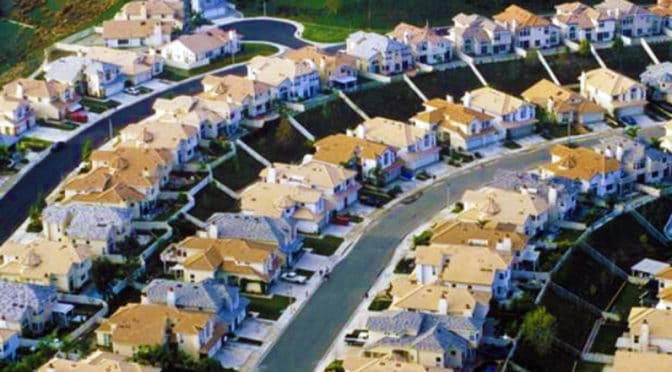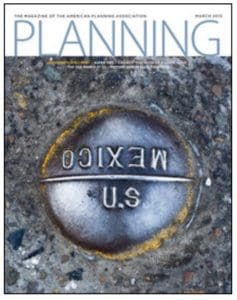 Planning Naked | March 2015
Planning Naked | March 2015
by Dr. Mark David Major, AICP, CNU-A, The Outlaw Urbanist contributor
Observations on the March 2015 issue of Planning Magazine.
1. The absence of the Congress for New Urbanism (CNU) in this month’s op-ed, “Developing Partnerships”, by APA Executive Director James M. Drinan, JD is a conspicuous omission.
2. Informative “Legal Lessons” column by former New Jersey Supreme Court judge, Peter Buchsbaum, on brevity in land use law: 1) speak plain English; 2) avoid invective (e.g. abusive or “purple prose”) language; 3) be concise; 4) the record is king (i.e. proof); and, 5) planning is visual (e.g. show, don’t tell). Judges “want facts and reasoned arguments” (pp. 11).
3. Excellent article on “Putting Berlin Back Together” by Katherine Burgess, AICP with informative maps of spatial information and research & design-oriented approaches in planning policy in the city after re-unification. The article provides a stark contrast to the predecessor articles in this issue on immigration (‘more resources”) and super TIFs (“capture state taxes”), which, once you drill down, are really about feeding on the public purse.
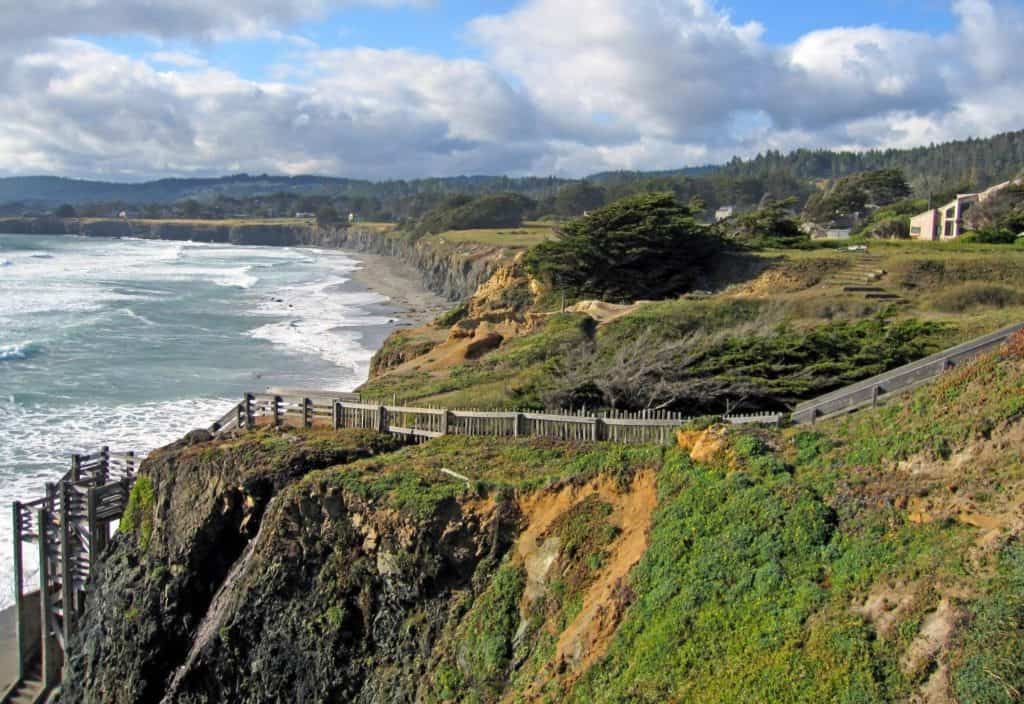
4. Which is immediately followed by an article romancing Sea Ranch, California, “From Romance to Reality” by Christine Kreyling, celebrating the “sublime” supposed environmental sensitivity of a prototypical far-flung mid-twentieth century “utopia” sprawl development with “an average density of one dwelling unit per acre” composed of a 10-mile long maze of cul-de-sacs two hours north of San Francisco along the coastal highway.
5. APA apparently doesn’t like gambling much judging by “When Casinos Are Too Much of a Good Thing” by Jake Blumgart, unless it’s gambling with the public’s money, of course. The benefits of casinos are “uncertain and uneven” but can you name any business or industry where the benefits are certain and even?
6. “Recycling to the Max: Earthship structures cause conundrums for planning departments” by Kristen Pope is a perfect example of a 1st world problem where the industry is ahead of a profession too focused enforcing the rules instead of creating solutions. “Planning departments may have to develop guidelines as various situations arise” as “other communities do not have clear standards for Earthship building” (pp. 46). Jeez.
7. “Golden age of street design” by Reid Ewing in the Research You Can Use section is short and sweet. This should have been given priority over the Sea Ranch, California article.
8. Kimberly Burton’s Viewpoint article, “Planning from Scratch” on travel etiquette on Ghana’s streets is an implicit endorsement of the shared space concept for streets.
Planning Naked is an article with observations and comments about a recent issue of Planning: The Magazine of the American Planning Association.



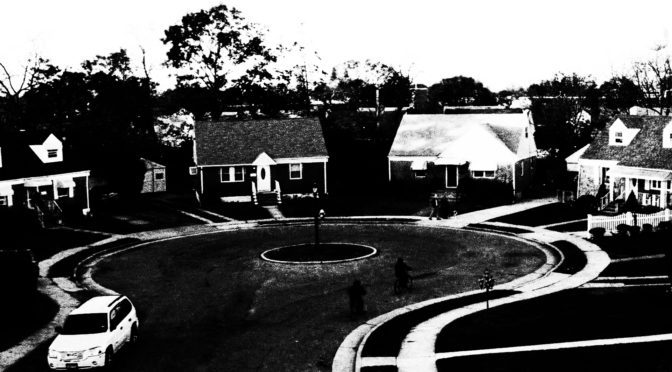
 observation of individuals or items from another group: the institutional separation of an ethnic, racial, religious, or other minority group from the dominant majority; the state or condition of being segregated, set apart, separated, or restricted to one group. Origin of hyper is short for hyperactive (First Known Use: circa 1942) from Greek huper ‘over, beyond.’ Origin of segregation is 1545-55 from the Late Latin sēgregātiōn– (stem of sēgregātiō), equivalent to sēgregāt (us) (see segregate) + –iōn– –ion. Synonyms include extreme loneliness and excessive isolation to the point of being unhealthy for individuals or society.
observation of individuals or items from another group: the institutional separation of an ethnic, racial, religious, or other minority group from the dominant majority; the state or condition of being segregated, set apart, separated, or restricted to one group. Origin of hyper is short for hyperactive (First Known Use: circa 1942) from Greek huper ‘over, beyond.’ Origin of segregation is 1545-55 from the Late Latin sēgregātiōn– (stem of sēgregātiō), equivalent to sēgregāt (us) (see segregate) + –iōn– –ion. Synonyms include extreme loneliness and excessive isolation to the point of being unhealthy for individuals or society.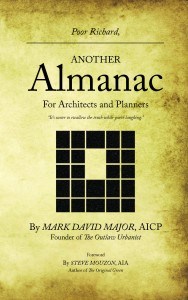
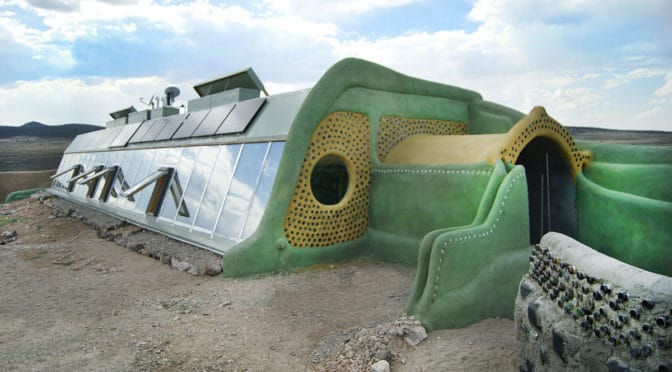
 Planning Naked | March 2015
Planning Naked | March 2015

